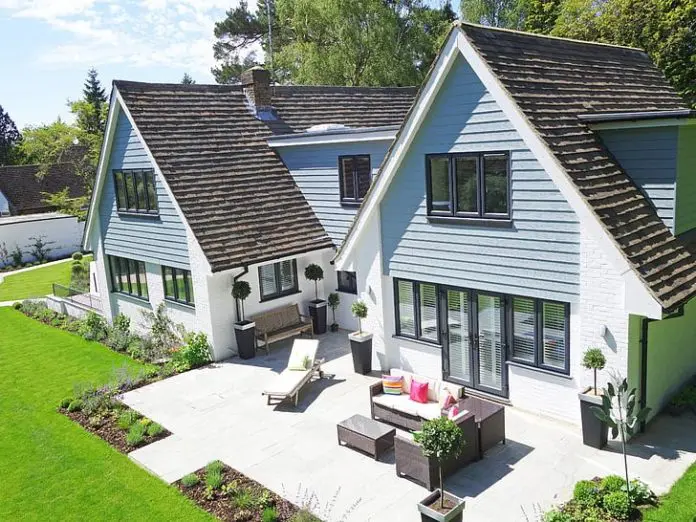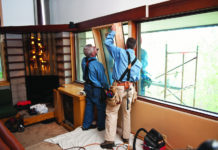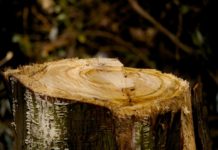Vinyl as a material for siding has taken the first place and become a favorite. And there are many reasons for that: it doesn’t fade out, is moisture and insect-proof, and doesn’t require expensive installation. Besides, its maintenance is super simple – you set it and forget it.
However, vinyl siding options have become in a sense a bit trivial. So, if you want your house to look unique and uncomparable and express your individual subtle taste in the exterior, you are welcome to explore some worthy alternatives to the vinyl siding which we will cover in this short guide.
6 Alternatives to Vinyl That Will Make Your House Stand Out
Depending on the style that you choose as a dominant in your exterior, top materials to use instead of vinyl include brick, wood, fiber cement,
- Brick.
Chosen as the number one alternative, this material will stand for ages providing both excellent outer looks and the high resistance to natural factors such as moisture, corrosion, etc. Additionally, it has a low maintenance cost and remains attractive long. Among the minuses of brick siding, there is a high upfront cost and the lack of universal looks – it simply won’t fit into every style but will rather be an element of classical buildings.
- Wood.
External walls of houses decorated with wood immediately give associations with comfort and coziness. Pine. redwood, spruce, cedar wood options make beautiful siding looks. Wood is a warm material frequently used in regions with minimum precipitations. Besides the natural look, wooden siding is valued for extra durability allowing multiple generations to enjoy the unmatched appearance. Still wood requires permanent revision of its surface for rot, mildew, and termite damage. This includes re-coating, sealing, and staining the surface every year.
- Fiber cement.
If you’d like to have an upgraded version of vinyl siding, going for fiber cement will be the right choice. Looking much better than vinyl, being non-burning and more durable, combined with resisting storm winds up to 150 mph, and even keeping away termites – these pluses make it worthy of installing fiber cement.
- Stone.
This option includes both natural and faux stone adding up to the appealing looks of the house. If you don’t mind investing in this costly material and getting value for money, you’re welcome to choose natural stone. Still, engineered (not natural) stones come at cheaper prices and also show great durability. With stone siding, you will acquire the most weather-proof type of siding ever. And while certain hardships could appear when you replace vinyl or fiber cement sidings with the stone, consulting specialists will help you get through.
- Aluminum.
Aluminum is one of those types that you can install and forget about any maintenance at all. It seldom needs you to do anything more than just cleaning it from dust. The metal siding shows high results in withstanding harsh weather conditions and extreme temperatures; still, if summers in your area are heaty, you will need to install it with extra insulation to protect the dwelling from overheating.
- Stucco.
Those lucky to live in dry and hot climates can afford the siding made of fine stucco – a material that is exceptionally good-looking, is coming in a variety of shades and colors, is fire resistant, and unattractive to termites. Even despite its need for frequent cleaning and reparation, it is impressively lasting. When chosen from reliable providers and having good quality, stucco can last nearly a lifetime.
Tastes differ and the final decision is only up to you. Rely on your vision on aesthetic taste, budget, and the readiness to give good maintenance to the material, and you’ll choose a perfect siding that would be better than vinyl.

















